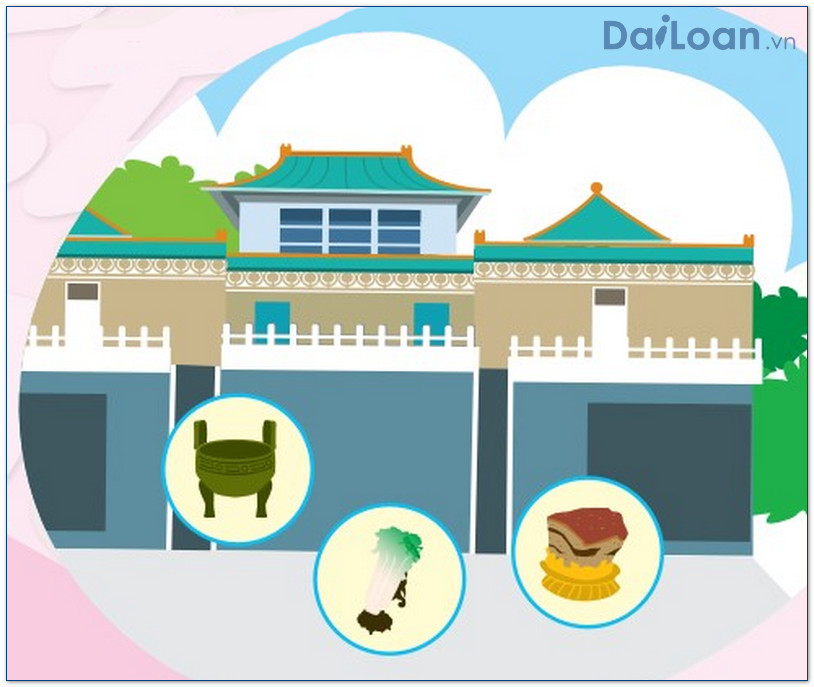In this article, we will delve into the intriguing world of the Chinese word 彈跳 (tán tiào), which translates to “bounce” or “jump.” This exploration will provide insights into its meaning, grammatical structure, and practical usage in sentences, making it an essential addition to your Chinese language toolkit.
What Does 彈跳 (tán tiào) Mean?
The term 彈跳 is composed of two characters:
- 彈 (tán) – This character means “to bounce” or “to spring.” It implies a quick upward motion.
- 跳 (tiào) – This character translates to “jump.” It denotes a more general action of leaping or vaulting from one place to another.
When combined, 彈跳 conveys the action of bouncing or jumping, typically describing an energetic movement either of objects or living beings, such as balls, animals, or people in motion.
Grammatical Structure of 彈跳
Understanding the grammatical structure of 彈跳 (tán tiào) is critical for proper usage in sentences. In Chinese, verbs can function both transitively and intransitively, and 彈跳 is primarily used as an intransitive verb. Here’s a breakdown:
1. Verb Usage
As a verb, 彈跳 can describe actions performed by subjects. It does not require a direct object, unlike some other verbs in Chinese. For example:
- 它彈跳得很高。
 (Tā tán tiào de hěn gāo.) – “It bounces very high.”
(Tā tán tiào de hěn gāo.) – “It bounces very high.”
2. Modifiers
Modifiers can be used with 彈跳 to provide more context about the action. Common modifiers include:
- Adverbs to describe the manner (e.g., 快速, kuài sù – quickly)
- Adjectives that provide a detailed description (e.g., 有趣的, yǒuqù de – interesting)
Example Sentences Using 彈跳
Now, let’s see some example sentences that illustrate the use of 彈跳 in different contexts:
1. Basic Usage
- 小兔子在草地上彈跳。 (Xiǎo tùzǐ zài cǎodì shàng tán tiào.) – “The little rabbit is bouncing on the grass.”
- 這顆球彈跳得很好。 (Zhè kē qiú tán tiào de hěn hǎo.) – “This ball bounces very well.”
2. Descriptive Context
- 孩子們在遊樂場裡彈跳得很快樂。 (Hái zimen zài yóulè chǎng lǐ tán tiào de hěn kuàilè.) – “The children are bouncing happily in the playground.”
- 他跳得像個小鹿一樣彈跳。 (Tā tiào de xiàng gè xiǎo lù yīyàng tán tiào.) – “He jumps like a little deer, bouncing around.”
3. Advanced Usage
- 在比賽中,運動員們的表現讓人驚奇,彈跳的高度超出了我們的想像。 (Zài bǐsài zhōng, yùndòngyuánmen de biǎoxiàn ràng rén jīngqí, tán tiào de gāodù chāochūle wǒmen de xiǎngxiàng.) – “In the competition, the athletes’ performance was astonishing, and the height of their jumps exceeded our imagination.”
Conclusion
Understanding the meaning and usage of 彈跳 (tán tiào) provides you with a valuable tool in your Chinese vocabulary arsenal. From its basic meaning of bouncing to its expressive usage in descriptive contexts, 彈跳 enriches your language capabilities and allows for more dynamic communication. Practice these example sentences, and soon you’ll incorporate 彈跳 naturally into your Chinese conversations.

Sứ mệnh của Chuyên là giúp đỡ và truyền cảm hứng cho các bạn trẻ Việt Nam sang Đài Loan học tập, sinh sống và làm việc. Là cầu nối để lan tỏa giá trị tinh hoa nguồn nhân lực Việt Nam đến với Đài Loan và trên toàn cầu.
CÓ THỂ BẠN QUAN TÂM
Du học Đài Loan
Lao Động Đài Loan
Việc Làm Đài Loan
Đơn Hàng Đài Loan
Visa Đài Loan
Du Lịch Đài Loan
Tiếng Đài Loan
KẾT NỐI VỚI CHUYÊN
Zalo: https://zalo.me/0936126566
Website: www.dailoan.vn




